#jaspersjumbledupwords #bookcampaign #booksontourpr #day4
We thank Marg Gibbs for providing some solid tips and background information for caregivers on the development of language and speech in young children. Her picture book, Jasper’s Jumbled up Words, is a wonderful sounding board for understanding the emotions associated with learning this new skill, and is also a beautiful family story to share with little ones who will see themselves and the funny experiences Jasper goes through. Thank you for this, Marg! 🙂
As with many milestones, the age at which children learn language and start talking can vary. From baby to infant to school child, parents and families play a crucial role in developing language-rich learning environments.
How do speech and language differ?
Speech is the verbal expression of language and includes articulation (the way we form sounds and words).
Language is giving and getting information. It’s understanding and being understood through communication – verbal, non- verbal, and written.
A child with a speech delay might use words and phrases to express ideas but be hard to understand.
A child with a language delay might use words well but only be able to put two words together.
Tips for Parents who can help
Focus on communication
- Talk with your baby, sing and encourage sounds and gestures.
- Read to your child – board books, picture books.
- Use everyday situations and language (grocery names, objects in the house)
- Keep things simple and avoid “baby talk.”
(Julia Hartnett MS CCC-SLP, Nov 2019. http://kidshealth.org/en/parents/not-talk.html)
Sometimes there are children who do not speak, with disabilities and delays, or children who are learning more than one language. Partner with families to encourage them to try some simple strategies.
- Talk about what the child is doing.
- Ask questions that relate to the child’s experiences.
- Take turns in talking (non- verbal ways like gestures, sounds, smiles, babbles).
- Add words to model new language.
- Stay tuned in to the child’s facial and body expressions to make sure they are engaged.
Gestures, sounds, new words and fluency can develop at a child’s own level. Through writing Jasper’s Jumbled up Words, my hope is that it will encourage positive experiences in communication from birth to school age. Besides, babble can be beautiful!
References:
Videos, information and more – Too small to Fail’s Website, www.talkingisteaching.org
Centre for Early Literacy Learning
For more information on developmental and behavioural screening, visit Birth to Five: Watch Me Thrive!
(N.B. M. J. Gibbs is not a speech expert, but has based her work on anecdotal observation and research.)
Unjumble Jasper’s Jumbled up Words for a CHANCE to WIN!
Click here to enter and go in the running to WIN a copy of the gorgeous Jasper’s Jumbled up Words!
Discover the story behind Jasper’s Jumbled up Words with Marg Gibbs, featuring at the following media sources…
Subscribe at Books On Tour PR & Marketing to stay in the loop.



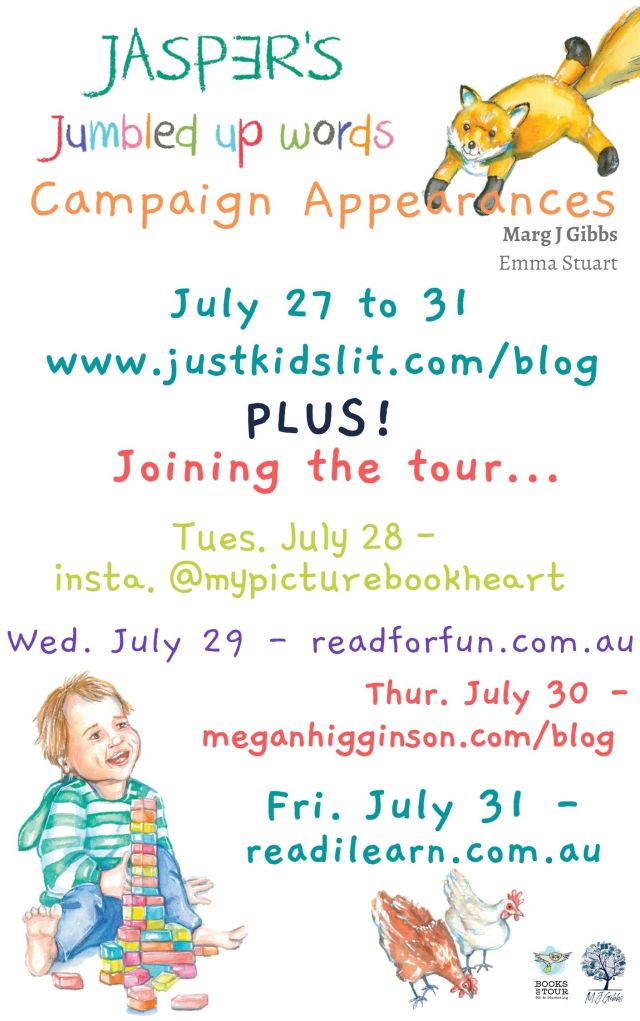





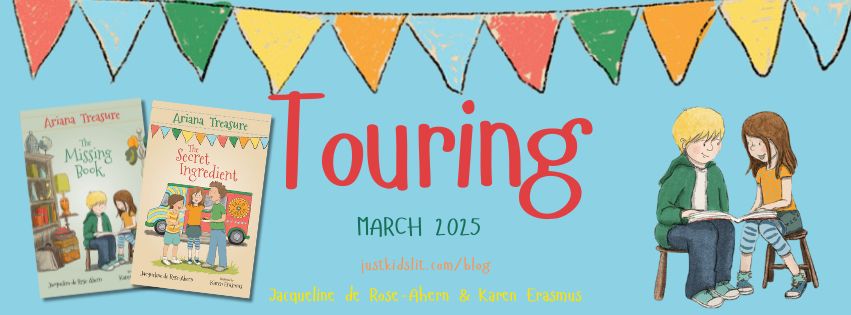
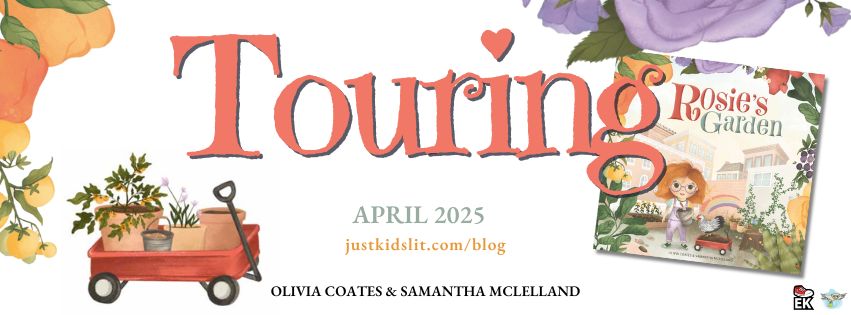
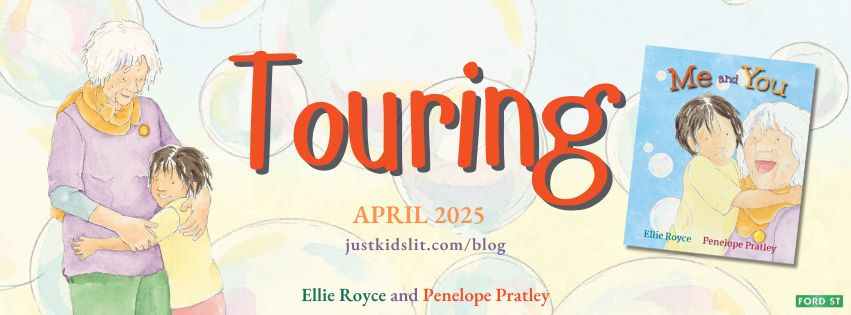
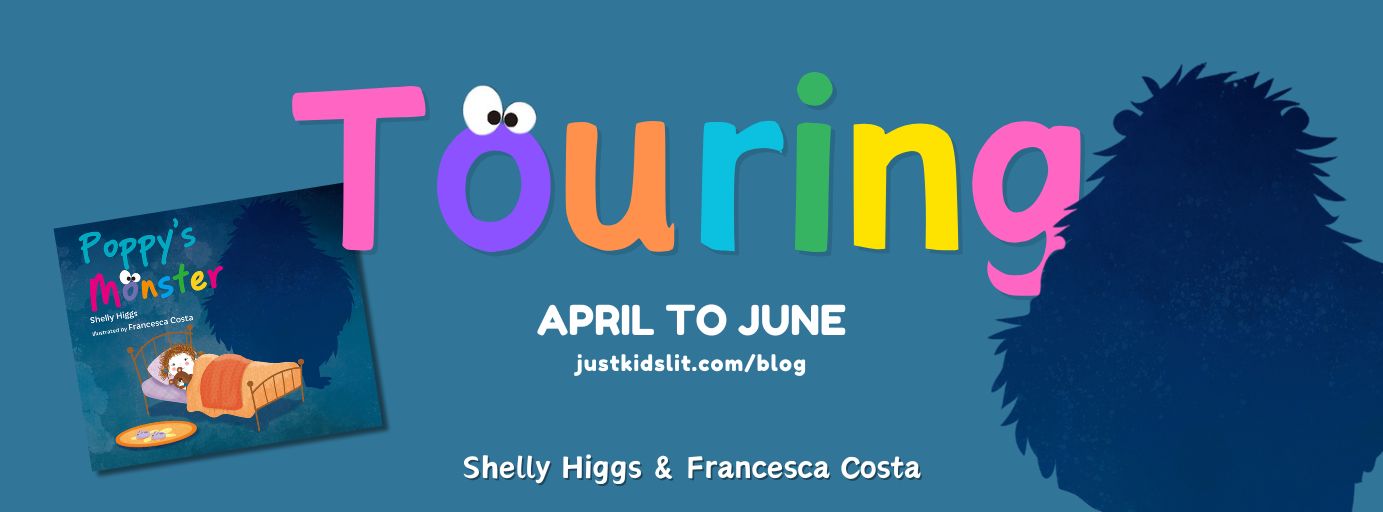
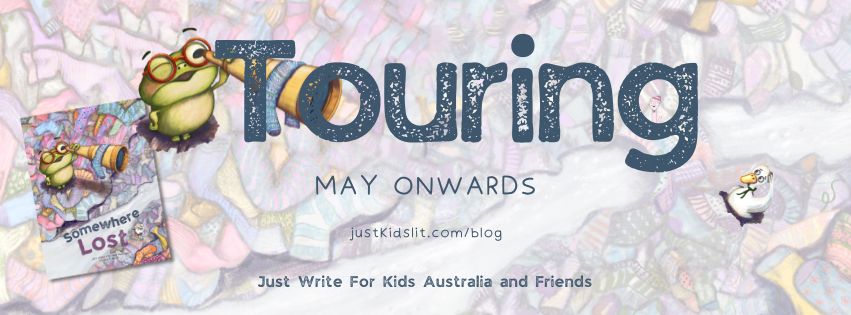





One thought to “Focus on Language Development: Tips for Caregivers by Marg Gibbs”
Great advice.